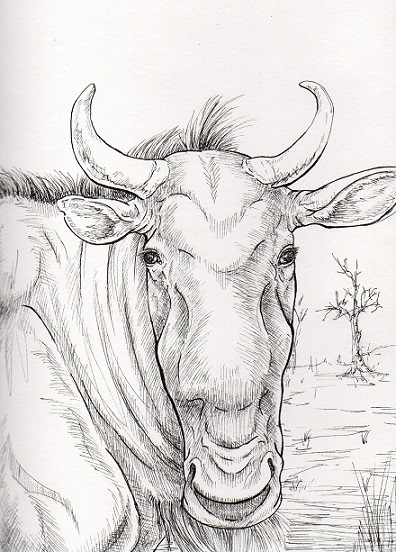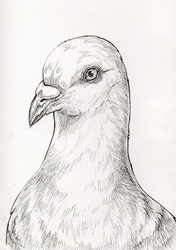Sign In
CloseSpirit guide of the day is Wildebeest! There are changes that will be occurring in your life whether these are a physical, emotional, or spiritual journey. Trust in your instincts to tell you when to move or when to retreat. These changes are not to be feared for they herald a coming of greater abundance and a better view of the goals you wish to reach. If there are particular goals you have been wanting, choose a couple of them and focus on those rather than attempting too many goals at one time. Share this coming abundance with those around you by participating in group activities and getting to know those with similar interests. The Wildebeest spirit guide is known for it's connections to family, body language, observation, and choice. At times Wildebeest can come as a reminder to think carefully about your actions. Hold courage in your hearts and stand up against foes, but know when the best choice is to retreat or escape. Sometimes walking away is a better choice than fighting. Our choices are our own in creating our own destiny. At times this may include persevering through long journeys either physical or emotional. Spending more time with family will aid you. People who connect with Wildebeest observe the world around them keenly through all of their senses and often enjoy searching out new adventures to explore. These individuals are excellent at using body language to convey information and are adept at using this skill in areas such as the performing arts.
Wildebeest, Connochaetes Taurinus, are herbivorous mammals also known as Gnus that can live up to 20 years in the wild. These creatures belong to the Bovidae group as a subspecies of the Antelope. Two species of Wildebeest exist, the Blue Wildebeest or Brindled Gnu and the Black Wildebeest or the white-tailed Gnu. Native to Africa, these two species are found separated by location. Having diverged a million years ago, the blue wildebeest remained throughout the north while the black wildebeest moved south and adapted to a more open grassland. These adaptations resulted in the Black wildebeest possessing horns that curve forward, down, and back up at the tips and a brown-colored pelt with a mane of cream or black hair and a matching cream-colored tail. The blue wildebeest can be seen with horns growing outward to the sides, down, and back in towards the skull as well as a dark grey color often with a blueish tint and stripes. The blue wildebeest is the larger of the two with an average adult male growing to 5 feet tall and weighing over 500 lbs. The smaller black wildebeest stands a shorter 4 feet tall and weighing under 400 lbs. In general, females will be smaller than their male counterparts. Each species prefers it's own style of habitat. The blue wildebeest preferring a wider range of habitats including woodlands and grasslands. The black wildebeest, however, will remain almost always in open grasslands. The blue wildebeest is also known as a migratory creature known for it's long journeys in the winter while the black wildebeest will stay put. However, some blue wildebeest such as those found in Ngorongoro will not migrate. All wildebeest will gather together in large groups called herds for protection. They will use a groaning call to warn of danger before running. So many in a single herd running creates a stampede that aids in escaping and intimidating predators. The diet of a wildebeest consists of grasses, leaves, and shoots which requires them to travel up to 30 miles a day in search for enough plant materials to eat. When breeding season occurs between May and July, male wildebeest will create temporary territories that they will attempt to draw females into using grunts and body language while defending it from other males. A female will give birth to only one calf which weighs over 40 lbs at birth. This baby is able to stand within minutes of being born in order to be able to move within the herd quickly after birth. This ability aids in the survival of the species by creating less vulnerability for predators to take advantage of. The females and their offspring will gather together in territories created by the males for protection as the young nurses and grows.
Submission Information
- Views:
- 513
- Comments:
- 0
- Favorites:
- 0
- Rating:
- General
- Category:
- Visual / Traditional




